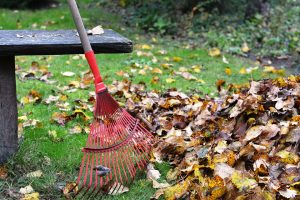Everyone is going to be packing it in for the season and taking refuge in the warmth and comfort of their cozy homes this coming autumn season – including pests from outdoors. Our appealing home environments are as alluring to them as they are to us. Most of these insects are relatively harmless to the average person’s health, but some can be a real nuisance and disruptive to the home. These commonly found insects can be dealt with, however, and we’re here to help you learn how.
Silverfish, Sowbugs and Centipedes
These critters target moisture primarily. Moisture and dampness, as well as small dark areas. Common misconceptions from folks on why these insects seem to have materialized from nowhere are:
- They live in a newer building, and
- They don’t have large, visible, standing puddles of disgusting swamp water inside their house.
In reality, moisture (and all of its damp, squishy, attractive insect breeding qualities) can be hard to spot, although very present in even the newest of houses. Since 100% waterproof houses are yet to be patented, it could be coming from condensation under windows, around pipes that go in and out of the house, in the laundry room, the bathroom and particularly unfinished basements.
Dry it out: Try using fans and dehumidifiers. Controlling the moisture in the home is often overlooked or considered necessary. These, and simple glue traps are the less invasive ways to control insect populations.
Sprays: Chemical insecticides are an option, and easy to use as long as the directions are followed to ensure the most effective and safe application. Residual insecticides can be applied as per the directions to window frames, doorframes, baseboards, and any nooks and crannies to help mitigate grown insect populations, although reducing moisture is key.
Snacks: Keeping food stored tidily will help, as well – crumbs and spills should be cleaned up in a timely manner. Any appliances like coffee makers or kettles should be monitored, just often enough to ensure there’s no condensation accumulating underneath the grates or bases. Pests like these consider rotting plants to be food as well, so make sure the yard is tidied and any debris or mossy areas are cleared up. Reducing other insects by using traps and creating a barrier around the home at the foundation, window frames and doorframes is also a key point of controlling both silverfish and centipedes as they feed on other bugs.
These tips can help most minor infestations, but left unattended these pests can become a real problem to the home. Silverfish go so far as to eat your drywall, and that’s a whole headache of extra repairs you don’t really want to deal with. If any of this grosses you out or you really aren’t jumping at the chance to DIY exterminate the creepy crawly pests in your home, give us a call and the experts at Poulin’s will be happy and ready to assist and advise!

